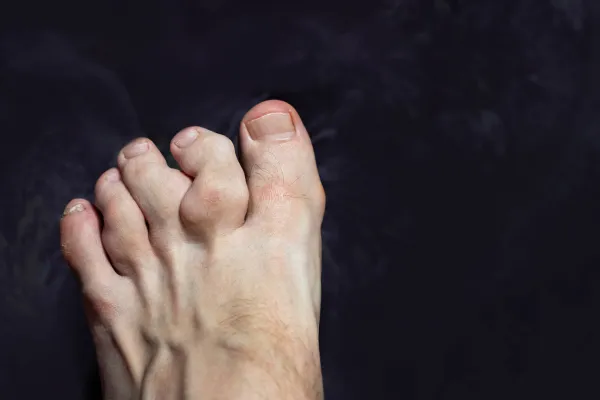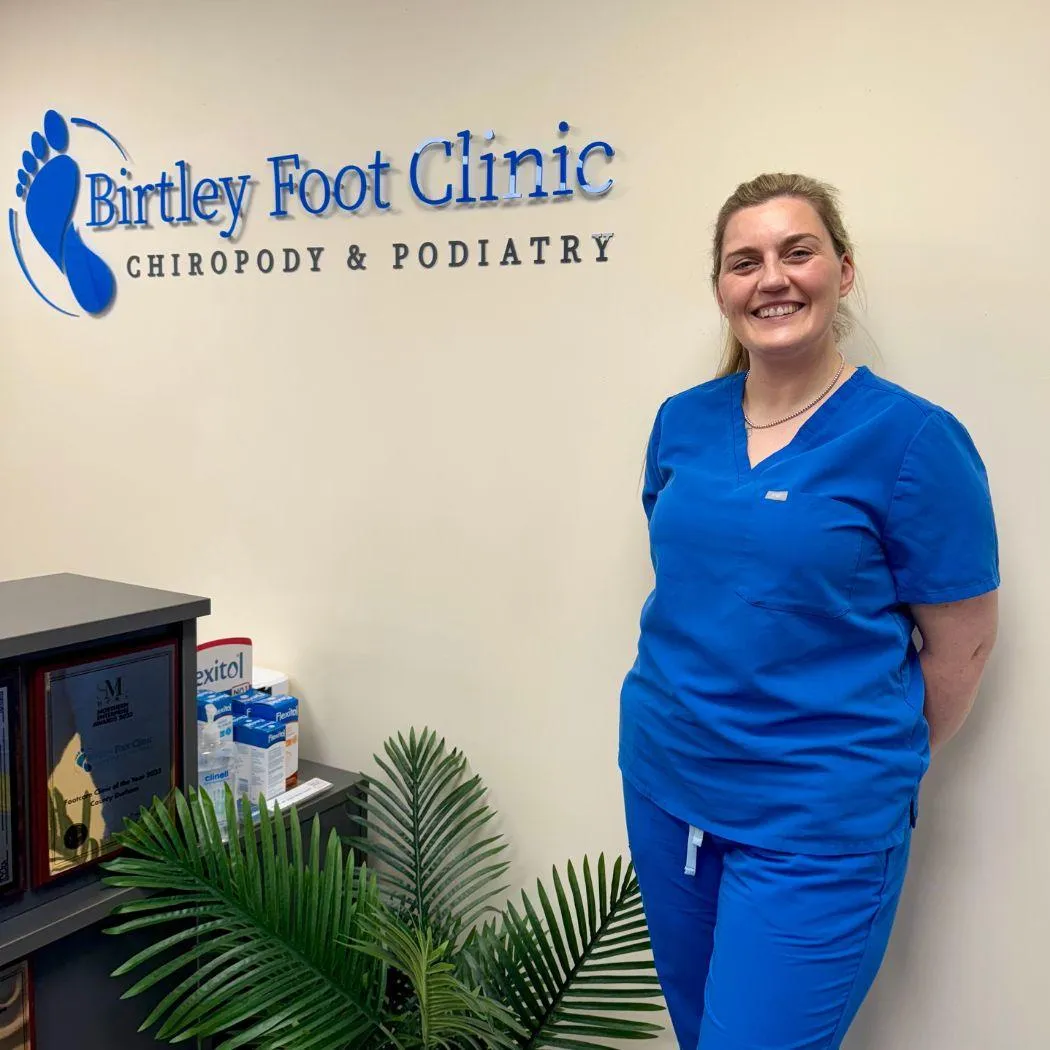
That Odd-Shaped Toe Might Be a Bigger Problem Than You Think
Ever caught a glimpse of your foot and thought, “That toe looks a bit… off”?
Maybe it’s curling, bending, or pointing in a direction it shouldn’t. It might not be painful (yet), but here’s the thing—when a toe starts to change shape, it’s often your body waving a little red flag.
And while it’s easy to brush off an odd-shaped toe as “just how it’s always been,” it could actually be a sign of a developing foot problem that’s worth a second look.
Let’s dive into what might be going on and how a podiatrist can help before things get worse.
Common Toe Deformities: What’s Going On?
At Birtley Foot Clinic, we often see toes that have taken on some strange shapes over the years. Some of the most common culprits include:
🔨 Hammer Toe
This happens when the toe bends at the middle joint, making it resemble a little hammer. Often caused by footwear or muscle imbalances, it can lead to corns and pain.
🦶 Claw Toe
In this case, the toe bends upward at the base and downward at the middle and tip. It’s often related to nerve or muscle problems and can make finding comfortable shoes tricky.
🔁 Mallet Toe
Only the joint nearest the toenail bends downward in this case. It’s often caused by poorly fitting shoes and can make the end of the toe rub against footwear, causing discomfort or calluses.
🔀 Overlapping or Underlapping Toes
These toes cross over or under their neighbours and may be present from birth or develop over time due to bunions, poor footwear, or structural foot issues.
What Causes a Toe to Change Shape?
There’s no single cause, but some of the common reasons include:
Tight, narrow, or high-heeled shoes
Past foot or toe injuries
Bunions pushing other toes out of line
Muscle or tendon imbalances
Nerve damage
Arthritis or joint issues
Genetic factors
Even just years of standing, walking, or working on hard surfaces in unsupportive shoes can lead to toe changes.
Why You Shouldn’t Ignore It
If the toe isn’t painful, it might be tempting to let it be. But many of these deformities get worse with time. What starts out as a small cosmetic issue can lead to:
Pain and pressure in footwear
Corns and calluses
Nail problems like thickening or curling
Difficulty walking
Reduced balance (which can increase fall risk as we age)
And remember—your feet work as a team. If one toe is out of line, it can affect the way you walk, putting extra stress on your other toes, feet, knees, or even your back.
Can It Be Fixed Without Surgery?
Often, yes. The earlier you get it checked, the better the chances of avoiding surgery. A Podiatrist in Birtley can assess the toe and recommend a plan tailored to your needs.
Some options may include:
Toe props or splints to gently hold the toe in position
Footwear advice to ease pressure and prevent rubbing
Custom orthotics to support better foot alignment
Padding and protection for pressure areas
Strengthening and stretching exercises to improve muscle balance
If the toe has become rigid or is causing ongoing pain, surgical options may be discussed—but that’s typically a last resort.
When to Get It Checked
You don’t need to wait for severe pain to book in. You should see a podiatrist if:
A toe is curling, drifting, or looks unusual
You have pain when walking or wearing shoes
Corns or calluses keep forming on or around the toe
Your balance feels off
Your toenail is thickening, curving, or difficult to trim
Your toe is starting to overlap or tuck under another
The sooner it’s seen, the more we can do to help.
How We Can Help at Birtley Foot Clinic
We’re experienced in dealing with all types of toe deformities and foot pain. Whether it’s a mild hammer toe or something more complex, we take the time to understand what’s causing the issue and how it’s affecting your day-to-day life.
No judgement, no rush—just straightforward advice and personalised care to get you back to moving comfortably.
If you’re searching for a Foot Pain Specialist in Birtley or need help with bunion-related toe problems, we’re here to help.
Final Thought
That little toe twist or bend might seem harmless now, but toes have a way of getting our attention when we least expect it. Don’t wait until you’re limping or struggling to wear your favourite shoes. Getting it checked now could save you a lot of future trouble—and keep you confidently on your feet.



